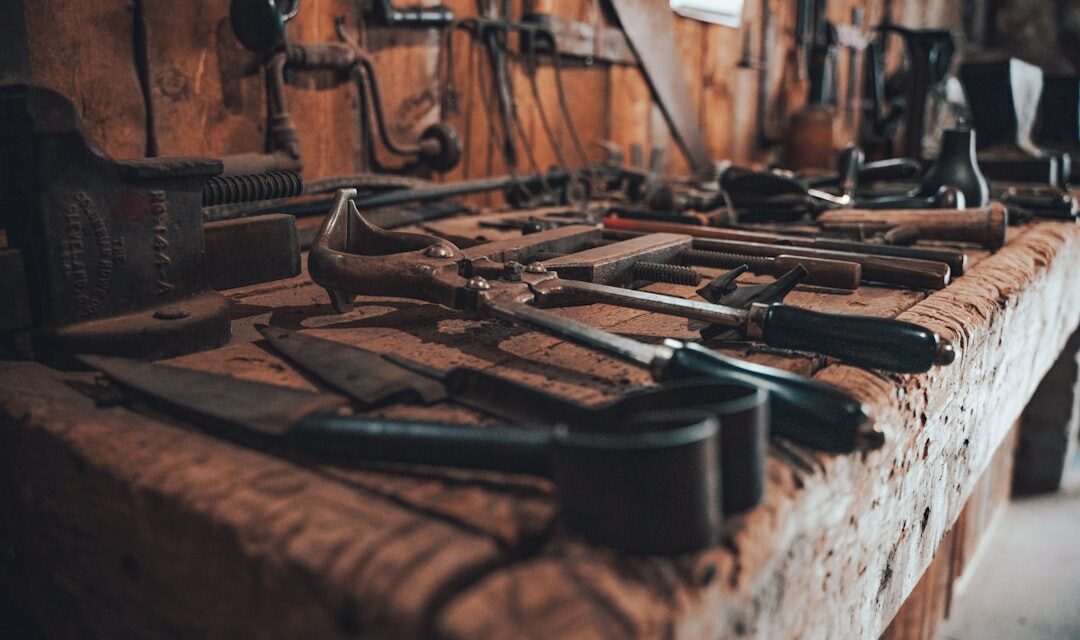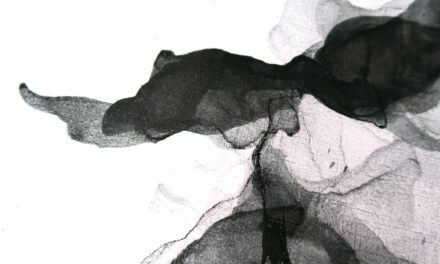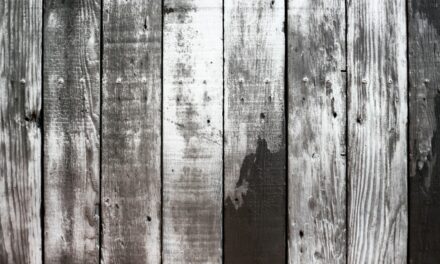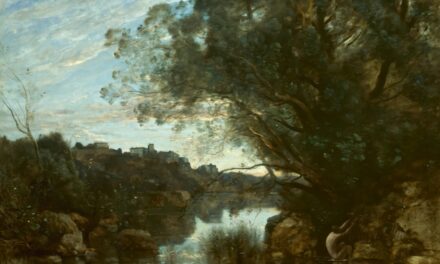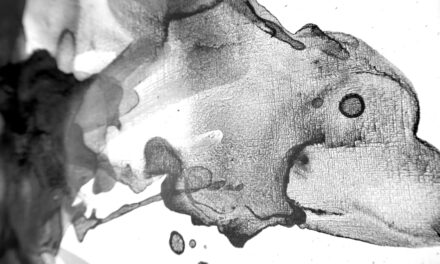The pouncing technique has a rich and storied history that dates back to the Renaissance, a period marked by a resurgence of interest in the arts and sciences. Artists of this era sought innovative methods to transfer their designs onto various surfaces, and pouncing emerged as a practical solution. The technique involves creating a dotted outline of a design on a surface, allowing for precise replication of intricate patterns.
This method was particularly favoured by painters and muralists who needed to maintain accuracy while working on large canvases or walls. Historically, pouncing was not limited to the visual arts; it also found its way into the realms of textile design and architecture. Craftsmen would use pouncing to create elaborate patterns on fabrics, ensuring that the designs were consistent across multiple pieces.
The technique was often employed in the creation of tapestries and embroidered textiles, where precision was paramount. Over time, pouncing evolved, incorporating various tools and materials, but its fundamental purpose remained unchanged: to facilitate the accurate transfer of designs from one medium to another.
Summary
- Pouncing technique has been used since the Renaissance period as a method for transferring designs onto surfaces for painting or embroidery.
- Materials and tools needed for pouncing technique include tracing paper, a pounce bag filled with powdered chalk or charcoal, and a smooth surface to transfer the design onto.
- To prepare the surface for pouncing, it should be clean and smooth, and the design should be securely attached to the surface to prevent movement during the pouncing process.
- A step-by-step guide to pouncing technique involves placing the design on the surface, pouncing the design with the pounce bag, and carefully removing the design to reveal the transferred image.
- Tips and tricks for mastering pouncing technique include using a light touch with the pounce bag, practicing on a test surface before transferring the design, and using a fixative spray to set the transferred design.
- Different variations and styles of pouncing technique include freehand pouncing, stippling pouncing, and using different colours of powdered chalk or charcoal for a multi-coloured effect.
- Common mistakes to avoid when using pouncing technique include using too much pressure with the pounce bag, not securing the design properly, and not using enough fixative spray to set the transferred design.
- Examples of famous artworks created using pouncing technique include Leonardo da Vinci’s “The Last Supper” and Michelangelo’s “The Creation of Adam.”
Materials and tools needed for pouncing technique
To successfully execute the pouncing technique, a variety of materials and tools are required. The primary tool is the pounce wheel, a small device with a spiked wheel that creates tiny perforations in paper or other surfaces. This wheel is essential for transferring the design accurately, as it allows for the creation of a dotted outline that can be followed during the painting or drawing process.
Additionally, artists often use a soft cloth or felt pad to apply powdered chalk or charcoal through the perforations, which helps to mark the design onto the surface beneath. In terms of materials, artists typically require high-quality paper or canvas for their projects. The choice of surface can significantly impact the final outcome; for instance, heavier papers may hold up better under the pressure of the pounce wheel, while lighter papers may tear more easily.
Furthermore, powdered chalk or charcoal is essential for the actual pouncing process. Artists may choose different colours depending on their desired effect, with white chalk being a popular choice for dark surfaces and darker powders for lighter backgrounds. A ruler and pencil are also useful for measuring and marking key points in the design before beginning the pouncing process.
How to prepare the surface for pouncing
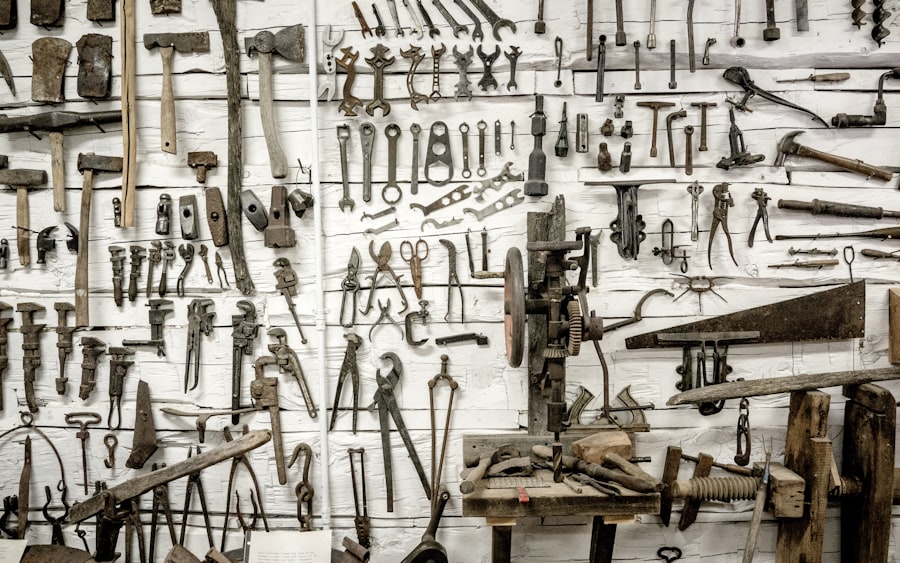
Preparing the surface for pouncing is a crucial step that can greatly influence the success of the technique. First and foremost, it is essential to ensure that the surface is clean and free from dust or debris. Any particles present can interfere with the accuracy of the pouncing process, leading to unwanted marks or smudges on the final artwork.
Artists often use a soft brush or cloth to gently wipe down the surface before beginning their work. Once the surface is clean, it is advisable to secure it in place to prevent any movement during the pouncing process. This can be achieved by using masking tape or clamps to hold the paper or canvas firmly against a flat working surface.
Additionally, if working with a larger piece, it may be beneficial to create a grid system on both the design and the surface to ensure proper alignment. This grid can serve as a guide during the pouncing process, helping artists maintain proportion and scale throughout their work.
Step-by-step guide to pouncing technique
The pouncing technique can be broken down into several clear steps that guide artists through the process. The first step involves selecting a design and preparing it for transfer. This may include resizing or adjusting the design to fit the intended surface.
Once satisfied with the design, artists should print or draw it onto a piece of paper that will serve as their template. Next, using a pounce wheel, artists should carefully trace over the lines of their design on the template paper, creating small perforations along the outline. It is important to apply even pressure while tracing to ensure consistent spacing between perforations.
After completing this step, artists can place the perforated template onto their prepared surface, aligning it carefully according to any grid markings made earlier. Once aligned, artists can use a soft cloth or felt pad to apply powdered chalk or charcoal over the perforated areas. By gently rubbing the powder through the holes, they will create a dotted outline of their design on the surface below.
After removing the template, artists can assess their work and make any necessary adjustments before proceeding with painting or drawing.
Tips and tricks for mastering pouncing technique
Mastering the pouncing technique requires practice and attention to detail. One effective tip is to experiment with different types of powdered materials when applying through the perforations. While chalk is commonly used, charcoal can provide richer tones and greater contrast on certain surfaces.
Artists should also consider using coloured powders for specific effects, allowing them to create more dynamic outlines that can enhance their overall composition. Another useful trick is to vary the pressure applied when using the pounce wheel. By adjusting how firmly they press down, artists can create different sizes of perforations, which can lead to varied line thicknesses in their final artwork.
This technique allows for greater flexibility in design execution and can add depth and interest to otherwise flat outlines. Additionally, artists should take care to keep their tools clean; regular maintenance of both the pounce wheel and any brushes used will ensure optimal performance and longevity.
Different variations and styles of pouncing technique

The versatility of pouncing has led to various adaptations and styles that cater to different artistic needs. One notable variation is known as “pounce-and-paint,” where artists not only create outlines but also fill in areas with colour immediately after pouncing. This method allows for a more fluid transition between outlining and painting, enabling artists to maintain momentum in their creative process.
Another style involves using multiple layers of pounced designs to create complex compositions. Artists may first apply a base layer using one colour before overlaying additional designs in contrasting hues. This technique can produce striking visual effects and adds depth to artworks that might otherwise appear flat.
Furthermore, some contemporary artists have begun experimenting with digital tools that mimic traditional pouncing techniques, allowing for innovative approaches in graphic design and digital art.
Common mistakes to avoid when using pouncing technique
While pouncing can be an effective method for transferring designs, there are several common pitfalls that artists should be aware of to ensure success. One frequent mistake is applying too much pressure when using the pounce wheel, which can lead to overly large perforations that may not translate well onto the final surface. Artists should strive for consistency in pressure to maintain uniformity in their dotted outlines.
Another common error is neglecting to secure the template properly before applying powdered materials. If the template shifts during this process, it can result in misaligned designs that detract from the overall quality of the artwork. To avoid this issue, artists should take extra care when positioning their templates and consider using additional weights or clamps if necessary.
Lastly, failing to clean tools regularly can lead to contamination of colours or powders used in subsequent projects; maintaining cleanliness is essential for achieving desired results.
Examples of famous artworks created using pouncing technique
Throughout art history, numerous renowned works have employed the pouncing technique as an integral part of their creation process. One notable example is Leonardo da Vinci’s “The Last Supper,” where he used pouncing methods to transfer his intricate designs onto large canvases effectively. This allowed him to maintain precision while working on such an expansive piece.
Another significant instance is found in textile arts; many medieval tapestries were crafted using pouncing techniques to ensure consistent patterns across vast surfaces. The Bayeux Tapestry is an exemplary case where artisans meticulously applied designs through this method, resulting in a cohesive narrative depicted across its length. These examples illustrate not only the historical significance of pouncing but also its enduring relevance in contemporary artistic practices across various mediums.
For those interested in exploring various art techniques, the pouncing technique offers a fascinating study. If you’re keen to expand your understanding of influential art movements that have shaped modern art practices, you might find this article on Expressionism particularly enlightening. Expressionism, much like the pouncing technique, emphasises emotional experience rather than physical reality, and this article provides a comprehensive introduction to the movement’s key characteristics and its impact on the art world.
